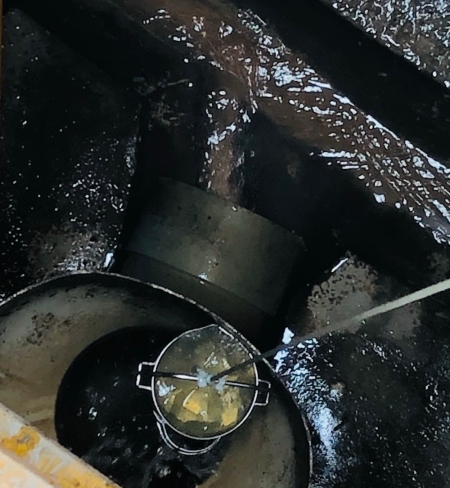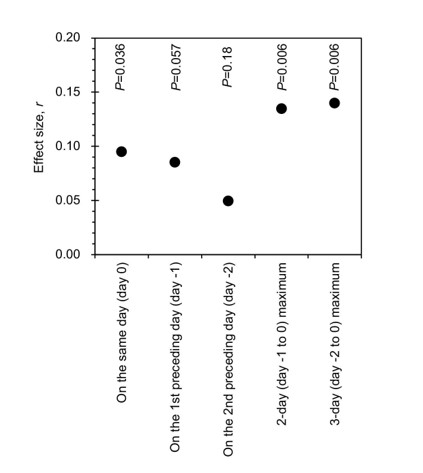Scientists show that there is a close association between clinical cases of COVID-19 and viral loads in wastewater, with the viral loads picking up to two days before the cases were detected.

The Tokyo 2020 Olympics and Paralympics were held during July 21 and September 21, 2021, a time when the incidence and spread of COVID-19 was prevalent. Thus, a rigorous and multi-pronged testing approach was enacted in order to limit the spread of the virus while allowing the Games to proceed.
Following from previous research, a team lead by Associate Professor Masaaki Kitajima at Hokkaido University has shown the association between SARS-CoV-2 viral loads in wastewater and cases reported at the Olympic and Paralympic Village. Their findings were published in the journal JAMA Network Open.
The athletes and support staff at the Olympic and Paralympic Village were tested daily; in addition, wastewater in the sewage system was also sampled and tested (wastewater-based epidemiology, WBE) daily to determine viral loads. The results were reported to the Tokyo 2020 Organizing Committee.
In this study, the authors wanted to examine the association between clinically reported cases and viral loads in wastewater. They correlated the results of 360 samples collected from manholes in 7 distinct areas of the Village with confirmed COVID-19 cases obtained from the Organizing Committee, and with data of close contacts tests from a previous report.
The researchers found that SARS-CoV-2 was present in 151 wastewater samples—53 from the Olympics and 98 from the Paralympics. The number of confirmed cases was also higher in the Paralympics. The strongest correlation between SARS-CoV-2 RNA load in wastewater and the presence of clinical positive areas was found in areas that had maximum viral loads in wastewater in a three-day span (two days before to the day of clinical positive area).

was reported (clinical positive area) and viral RNA concentrations observed in passive
samples within the previous 3 days, including the day when the clinical test results were
obtained (day 0). The strongest correlation (effect size) was found with 3-day (days −2 to 0) maximum wastewater concentrations (Masaaki Kitajima, et al. JAMA Network Open. August 22, 2022).
The study suggests that WBE and clinical tests are complementary, and that the testing strategy played a role in preventing COVID-19 clusters in the Village. This study of one of the world’s largest mass gatherings provides novel evidence on the implementation and use of WBE in communities where all members undergo daily testing, and could be used to trace and control COVID-19 clusters in the future.
Original Article
Masaaki Kitajima, et al. Association of SARS-CoV-2 Load in Wastewater With Reported COVID-19 Cases in the Tokyo 2020 Olympic and Paralympic Village From July to September 2021. JAMA Network Open. August 22, 2022.DOI: 10.1001/jamanetworkopen.2022.26822
URL: https://jamanetwork.com/journals/jamanetworkopen/fullarticle/2795496
Funding
This work was supported by the Tokyo Organising Committee of the Olympic and Paralympic Games, the Ministry of Health, Labour and Welfare of Japan (JPMH20HA2007), and Shionogi & Co., Ltd.Contacts
Researcher:Associate Professor Masaaki Kitajima
Division of Environmental Engineering
Faculty of Engineering
Hokkaido University
Email: mkitajima[at]eng.hokudai.ac.jp
Institutions:
Sohail Keegan Pinto (International Public Relations Specialist)
Public Relations Division
Hokkaido University
Tel: +81-11-706-2185
Email: en-press[at]general.hokudai.ac.jp
Center for Global Initiatives
Osaka University
Email: gi-strategy[at]cgin.osaka-u.ac.jp
International Affairs Office
The Institute of Medical Science, The University of Tokyo (IMSUT)
Tel: +81-90-9832-9760
Email: koho[at]ims.u-tokyo.ac.jp
